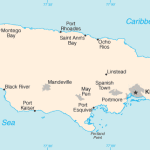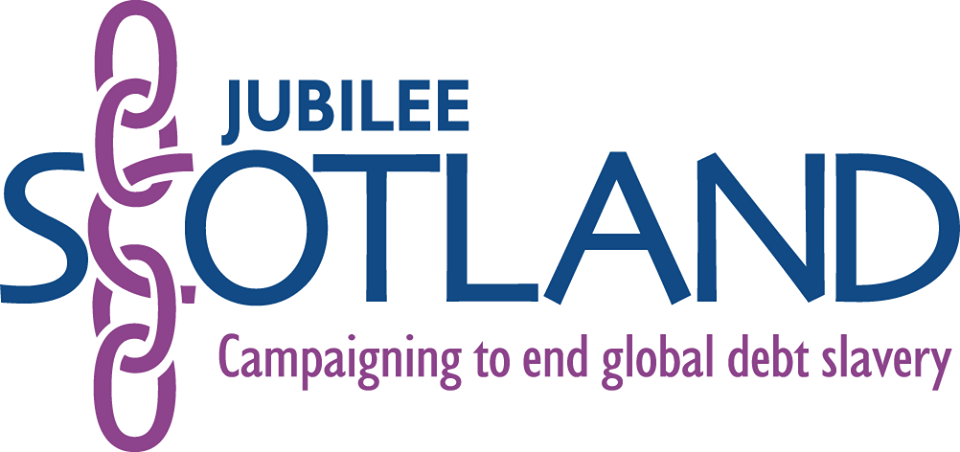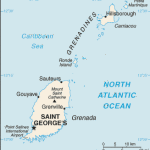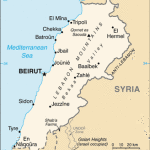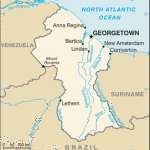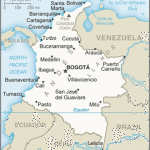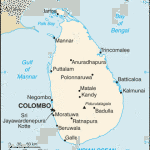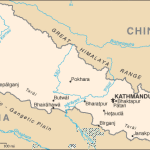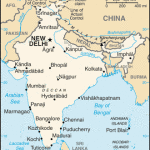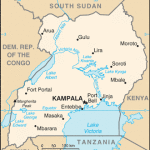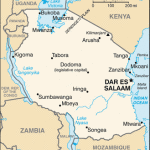Jamaica has debts totaling almost $18 billion, equivalent to an astounding 124% of GDP. The situation is so severe that annually Jamaica spends more than twice as much on foreign debt repayments as it does on health and education combined. Despite undergoing almost four decades of austerity in an attempt to tackle the issue, Jamaica does not qualify for any debt relief. It is deemed an ‘upper middle-income’ country, seemingly too rich to require such cancellation schemes.
Find out more…